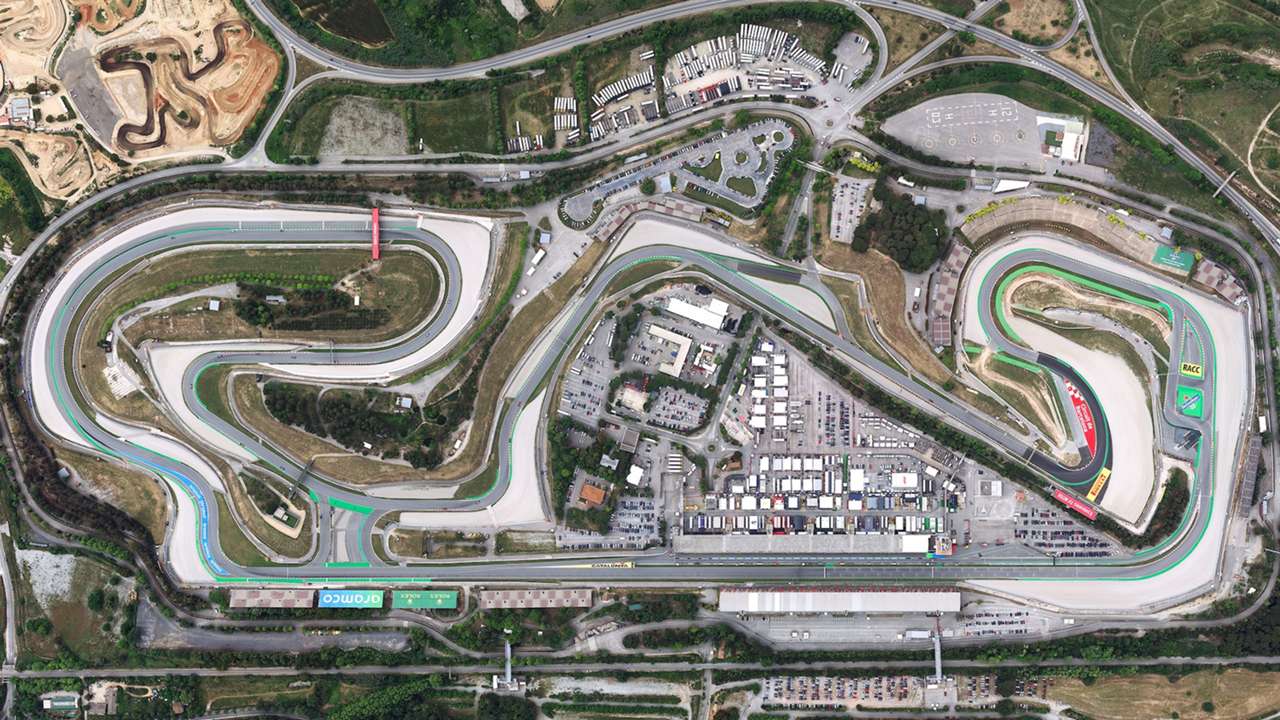Have you ever wondered what happened to the Formula 1 Circuits of Pedralbes and Montjuïc? These came to have an urban layout in the city, but the urban planning of the time and the security conditions rightly limited their viability.
Not counting the roads that Barcelona has today, Barcelona had several Formula 1 circuits in the 1940s: the Pedralbes and Montjuïc circuits.
The Formula 1 Circuits of Pedralbes and Montjuïc
Pedralbes Circuit
It was born in the middle of this gentrified neighborhood that boasted a street racing circuit back in 1946. In fact, it was the first Spanish circuit to host F1 races and other events such as the Spanish Grand Prix.
The Circuit had a length of more than 6 km.
At the time it had defenders, but also those who were against it. However, as fate would have it, and before any authority decided to suspend or preserve it, the Le Mans disaster occurred.
This multiple crash occurred during the celebration of the 24 Hours of Le Mans, at the Circuit de la Sarthe, where in addition to the death of the driver Pierre Levegh, 83 spectators of the race also died.
As a consequence of the most serious tragedy in the history of motor racing, safety measures were tightened and the Pedralbes Circuit was closed forever.
Had this urban circuit been preserved, the Pedralbes area would have completely changed the image of the city.
Montjuïc Circuit
A few years later, in the late 60’s and early 70’s, the Circuit de Montjuïc was part of the Formula 1 World Championship calendar. It was a 3.79 km long course that would be the best place to welcome the ’92 Olympics.
In addition to the plot, it offered the most spectacular 360º views of the entire Catalan capital, since from this emblematic point of the city it is possible to see the mountains, the sea and Barcelona.
Among other events, the Spanish Formula 1 Grand Prix was held on this track in different editions. In 1975, a woman scored sixth place in Formula 1.
However, by that year, Brazilian driver Emerson Fittipaldi considered the track too dangerous due to the poor anchoring of the rails.
And just as it happened with the Pedralbes Circuit, the Montjuïc Circuit was closed, but due to an incident on the same track. At the Spanish Grand Prix in 1975, the wing of Rolf Stommelen’s car broke off, resulting in the death of five people and the permanent closure of the circuit.
With these circuits, the urban fabric of the city would surely have changed a lot, as well as mobility.

